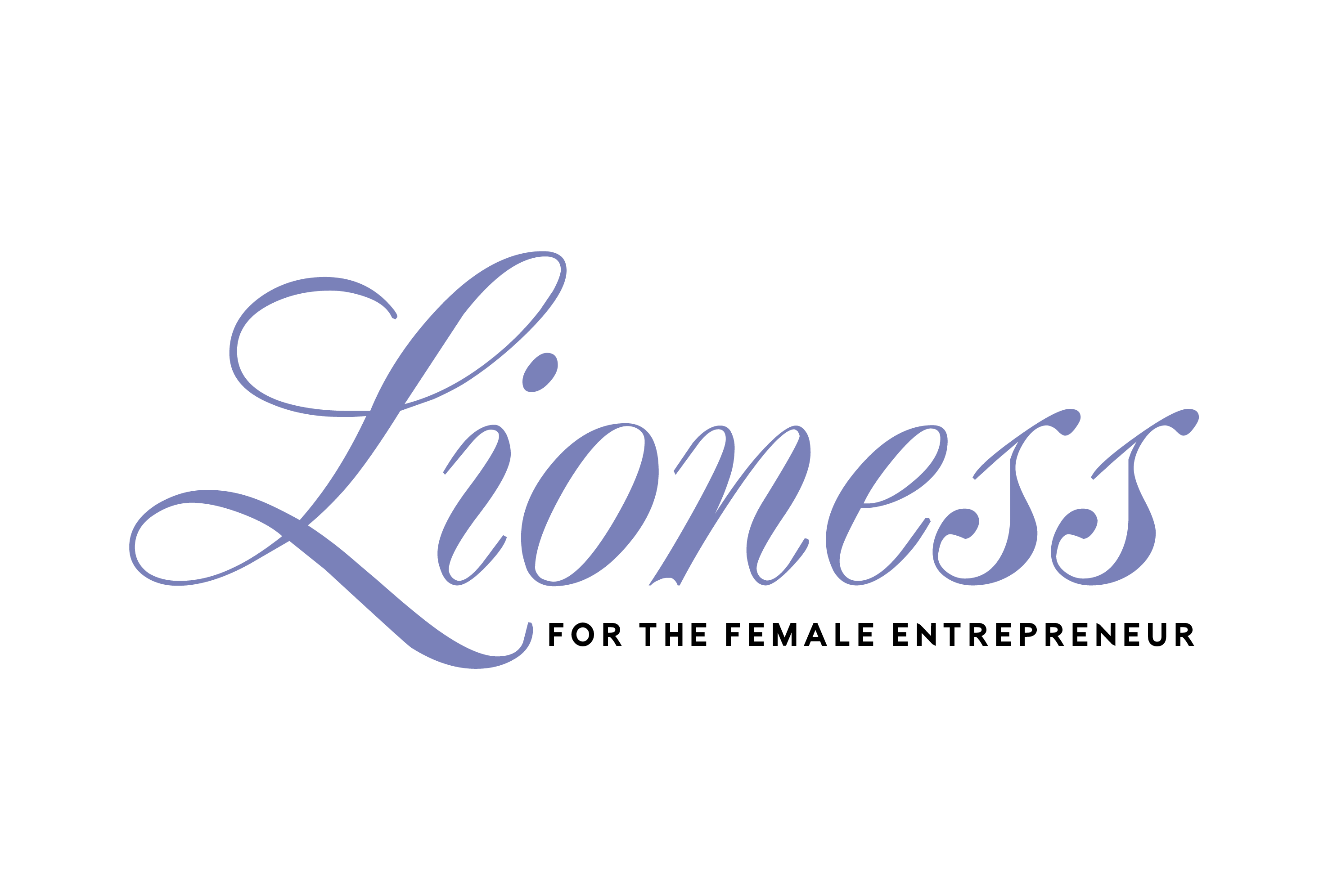Recently, while on vacation, I attended a magic show. The illusionist left us in awe as he disappeared and reappeared in various parts of the auditorium, passed through plate glass windows and showed his sleight of hand. He made it look easy, even though his performance reflected decades of practice. We know that magicians manipulate perception, use misdirection, high-tech props and other psychological principles to do the impossible. But we were still trying to figure out how he did it.
The show reminded me, unfortunately, of some leaders who create the appearance of accomplishing the impossible with their outstanding performance, but behind the scenes, you know there’s more to the story. This is increasingly true as our world and business environment becomes more BANI (brittle, anxious, non-linear, incomprehensible), and well-meaning leaders struggle to deliver results. It is ever more critical for organizations to select an ideal leader who is capable of navigating through uncharted territory to realistically manage the changing realities of our time. Because any illusion will eventually be uncovered. Part of the solution is to take greater care in the selection process and orientation to the role.
Organizational self-awareness
Just as it’s important for individuals to become more self-aware of their capabilities, leadership style, and developmental needs, organizations need to increase their self-awareness. Before formally beginning the candidate search and selection process, organizations should consider:
- Culture – What actual (not just aspirational) values, beliefs and actions are demonstrated? This isn’t simply what’s written on the website. This is how people behave, what they expect and what they believe about their team and the organization.
- SWOT – Conduct an in-depth and critical review of the strengths, weaknesses, opportunities and threats to the organization. Focus on reality instead of optimism or excuses.
- Finances and economics – What are the facts and the forecast? Where is the balance sheet weak or strong? What headwinds are likely to impact the business?
- Goals – Are your vision, mission and strategies clear? How are they communicated to all stakeholders, and what are the barriers to accomplishment?
- Capabilities and capacity – What specific skillsets do the leader (and their team) need to accomplish the goals? The list may have shifted since the predecessor was appointed. Assess the organization’s ability to handle the complexities and volume of work.
Finding the ideal leader
Selecting and keeping the ideal leader for an organization is becoming increasingly challenging. Russell Reynolds Associates reports that 58 S&P500 CEOs departed in 2024, which represents a 21 percent increase over 2023. And while some sectors showed stronger retention of CEOs, 70 percent of the global indices they track showed higher than average turnover. The underlying reasons include greater risks, increased scrutiny on performance, technology shifts, and activist investors.
There are also greater demands for leaders and their organizations to weigh in on topics that their customers or the public care about, often in no-win situations. And fewer individuals have the experience of handling the complex challenges that many businesses have faced in the past five or more years. Selection committees should place extra emphasis on the following key steps.
- Interview candidates based on worst-case challenges. In addition to industry and technology-specific profit and loss operating capabilities, leaders need courage, communication, creativity, curiosity, and credibility.
- Dig into the candidate’s references and prior experiences to understand how they’ve faced new and demanding situations in the past.
- Evaluate their leadership style, personality, and values to see how they align with the culture. How has this been demonstrated in past assignments?
The match!
There’s no such thing as a perfect match. The individual and organization will need to commit to growing and facing challenges together. Exercise discipline to have ongoing upfront conversations to assess progress, review mutual expectations, gather feedback and identify support needed. Keep the lines of communication open and avoid making assumptions about motives or intent. Move quickly past celebrating the selection and focus on orienting the individual to the role.
Despite the temptation to emphasize only what looks impressive, both the organization and the candidate must be transparent in their strengths and areas for improvement. This isn’t the time to create an illusion; they must share reality. Pull back the curtains and talk about “how” they operate and get results. Because no one can really do the impossible.
Hear more from Priscilla Archangel in Hiring The Right Players: Find Leaders for Your Team.







Add Comment